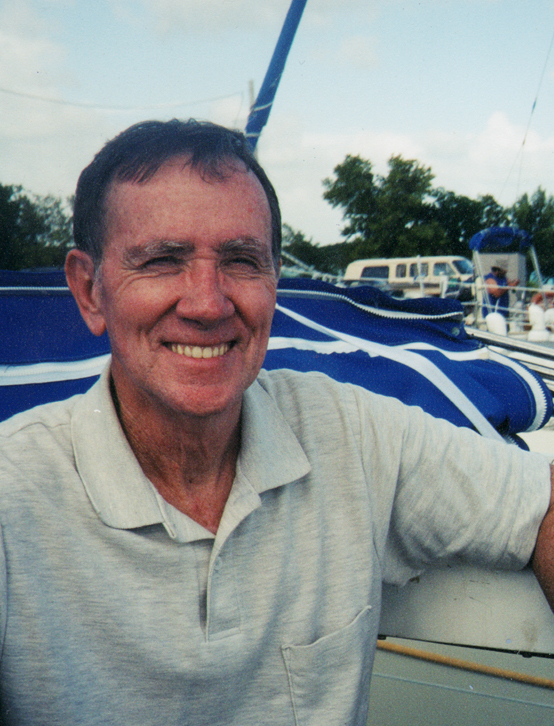Here’s what we know about Marco d’Aviano. He was born in 1631 in the small Italian town of Aviano, a suburb of Venice. At the age of 17 he became a Capuchin friar and soon gained a reputation for his fiery preaching.
Somewhere along the line he ministered to a dying woman who miraculously recovered. This caught the attention of Pope Innocent I, who made the young friar his personal envoy to the Roman Emperor Leopold I in an attempt to fend off the invading Ottoman Turks.
Apparently, his diplomatic prowess, plus his preaching ability and possibly large doses of prayer throughout the campaign, resulted in the demise of the Turks at the Battle of Vienna in 1683. That’s what we know.
What we don’t know for sure involves the friar’s entry into Vienna and his meeting with the vanquished Turks. Legend has it that the Turkish delegate served him a cup of coffee that was so strong and so bitter as to render it undrinkable.

Rather than toss the foul tasting drink into the potted palm, which was probably his first instinct, d’Aviano walked over to the kitchen cupboard and laced the coffee with cream and honey.
This, they say, was the birth of cappuccino, named for the order of friars to which d’Aviano belonged. Another part of the legend says the name cappuccino comes from the light brown color of the friar’s robes.
Sadly, neither history books nor biographies support this story, and skeptics point out that cappuccino didn’t show up on anyone’s radar until the 1930s in Vienna, where it was a popular mixture of coffee, cinnamon, whipped cream and chocolate.
Cappuccino became popular in the United States during the 1950s as a trendy punctuation to the Beatnik movement in various hole-in-the-wall bistros in Greenwich Village and San Francisco. Soon, hissing espresso machines showed up on the back counters of coffee shops across the country, and cappuccino morphed from honey and whipped cream into sugar and hot milk.
The Cuban community in Key West dotes on a mixture of syrupy black coffee and milk simply blended in a cup without benefit of espresso equipment. I tried it once while having breakfast at a local Cuban café and thought I was going to crystallize and crumble. I doubt anyone ever gave the Cubans the recipe for real cappuccino.
Meanwhile, cappuccino continues its trendy march among discerning coffee lovers, and Friar d’Aviano was beatified by Pope John Paul II in 2003, a move which probably had nothing to do with coffee.
As a postscript, despite the setback at Vienna, the Ottoman Empire hung in there until 1918.



